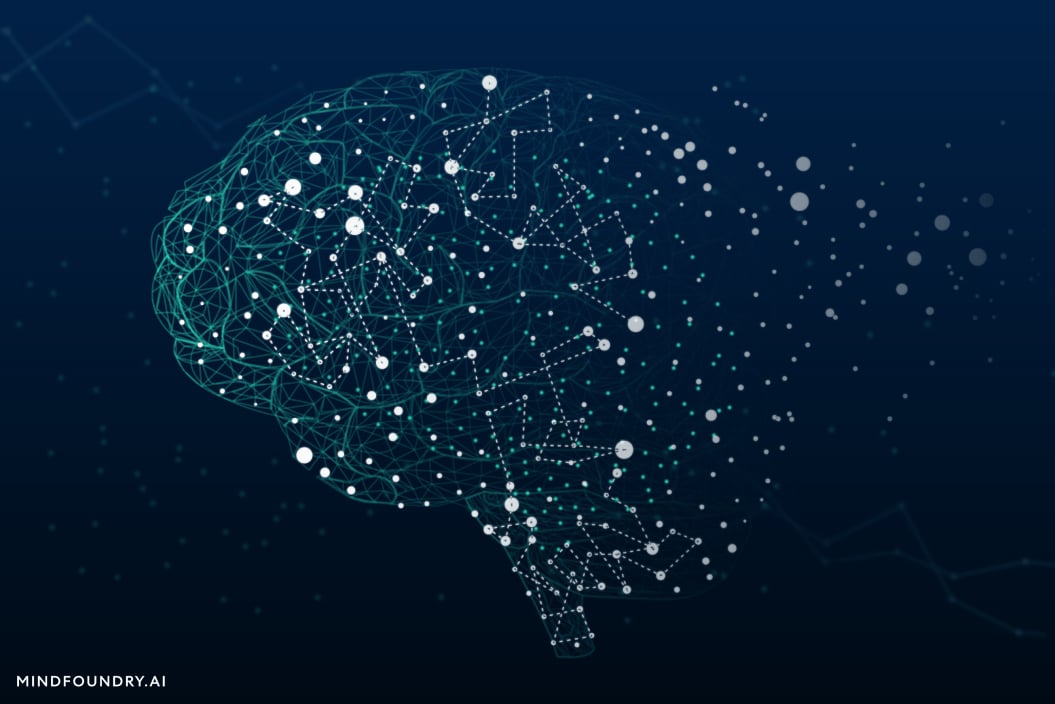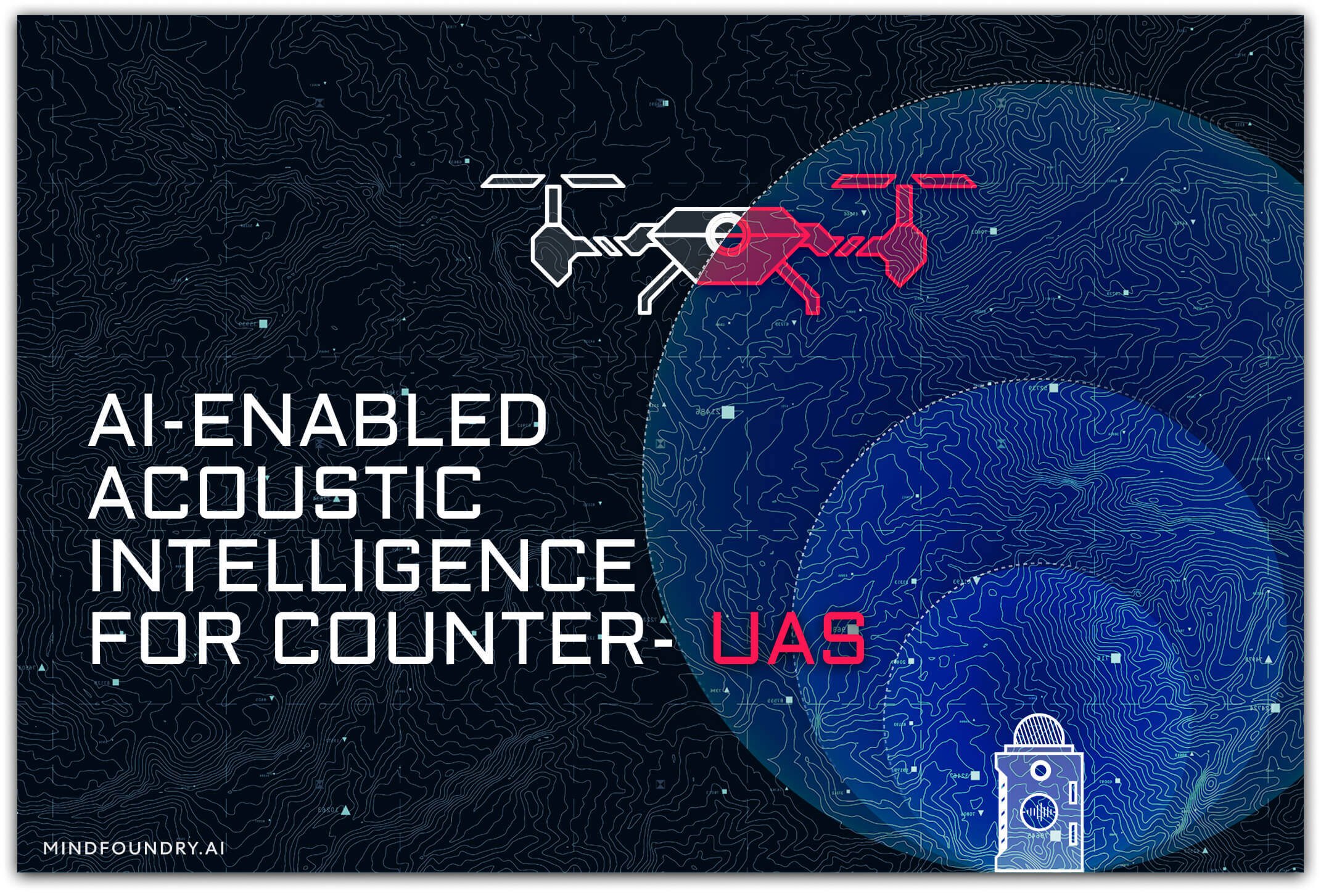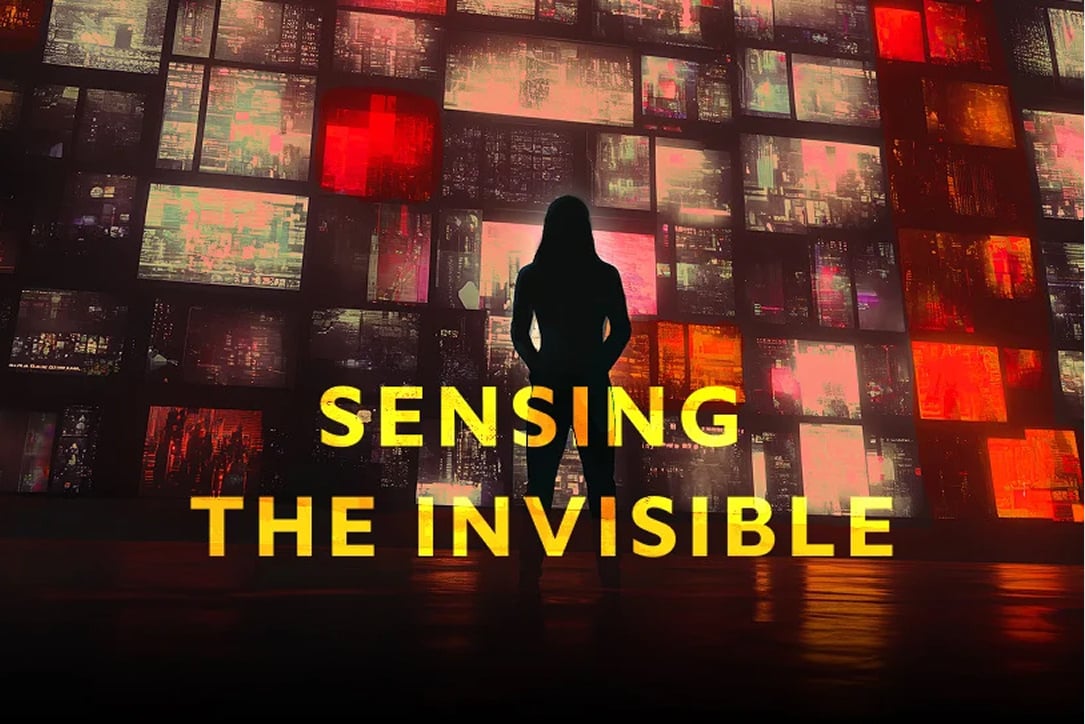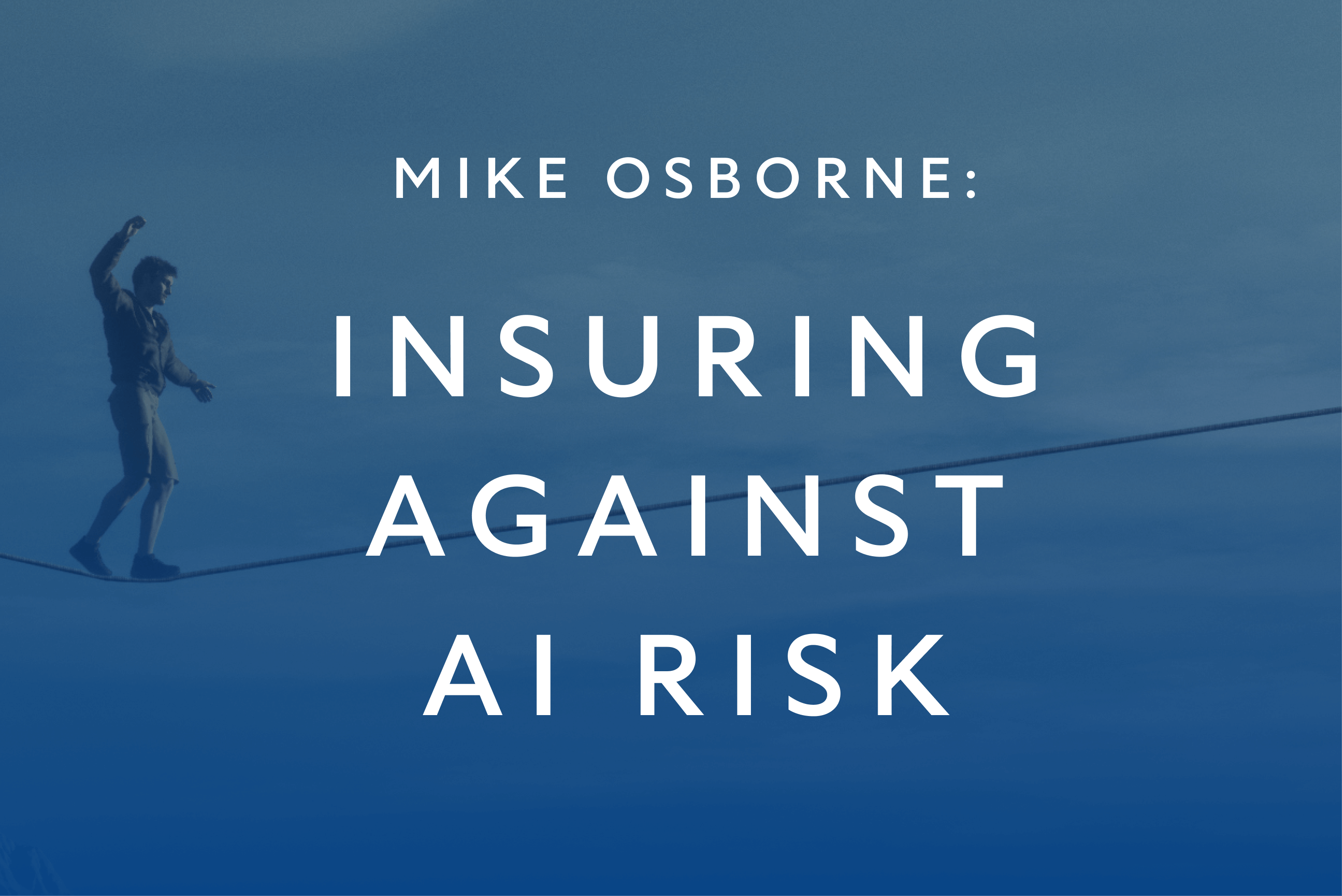AI-enabled Acoustic Intelligence for Counter-UAS
Unmanned Aircraft Systems (UAS) are now a staple of modern warfare, now responsible for 60% of targets destroyed in the Ukraine-Russia war....
3 min read
 Nick Sherman
:
Aug 11, 2023 2:31:03 PM
Nick Sherman
:
Aug 11, 2023 2:31:03 PM

At the beginning of 2023, we announced the launch of the Aioi R&D Lab - Oxford, a joint venture between Mind Foundry and our partners Aioi Nissay Dowa Insurance (ANDI) and Aioi Nissay Dowa Europe (AND-E). One of the projects the Lab has worked on is to solve a problem affecting countries with ageing populations, like Japan and the United Kingdom.
(Click here for the 2024 update of the Aioi R&D Lab - Oxford's progress)
We interviewed Davide Zilli, VP of Machine Learning at Mind Foundry, Koji Takahashi, Telematics Project Manager at Aioi R&D Lab - Oxford and Nika Lee, UK Chief Underwriting Officer at AND-E, to hear about the latest developments.
Today, more than 4.6 million people in Japan and nearly 1 million people in the UK are living with dementia, a condition that disproportionately affects the older population. As people in these countries and others around the world continue to age, an even greater proportion of society worldwide will be impacted.
To help combat this challenge, the Lab is developing an innovative way to identify the signs of cognitive decline in older drivers before an accident happens. Data scientists working with Insurance experts began by training an AI on an immense dataset that included over 9 billion miles of telematics trip data, sensor measurements, and dash cam accident footage.
“The behaviour was traditionally learned from simple features that get extracted from this data like harsh braking or acceleration,” says Dr Davide Zilli. “But with the use of machine learning models and ANDI’s large dash cam dataset, we were able to model very large-scale and high-dimensional interactions between different features, including acceleration, movement, steering, braking, and more. We then used these features to help us find unprecedented ways to spot the patterns of cognitive decline in the telematics data of current drivers before it becomes dangerous or results in an injury.”
“Identifying risky driving behaviour in older drivers is one of the many social issues we want to solve with AI,” says Koji Takahashi. “We analyse the driving patterns of people who had been in the most severe, large loss accidents, then look for similar patterns in our older drivers. The goal is to save more people’s lives through early detection of cognitive decline. We want to protect both the drivers who suffer from this, as well as the many innocent victims of these unfortunate accidents.”
The Cognitive Decline project builds upon previous work that has already had a transformative impact on business: the ability to detect and potentially prevent large loss incidents.
“Large loss is not only one of the biggest risks in an insurance portfolio but also the most difficult risk to model and predict,” says Nika Lee. “Traditionally, insurers have relied heavily on the risk details, such as the type of car, even the colour of the vehicle and the age of drivers to predict who's more likely to be involved in the most serious and expensive accidents. But when we looked closer into the data, we saw some true predictors underlying these large losses that were quite different, and some were very surprising.”
One of these surprises had to do with road familiarity. It used to be assumed that driving on unfamiliar roads, like an old country road you'd never seen before, was a significant predictor of risk. But the data showed something different: many of the worst accidents involved skilled drivers on roads they had been on hundreds of times before. This was just one of many results which seemed counterintuitive at first but, upon deeper investigation, revealed interesting dynamics in driver behaviours.
“My initial reaction was that the data was wrong! Because that's what you’d challenge. You know, sometimes data can be wrong,” continues Nika Lee. “But at the same time, we were quite excited because it's something new and something that changes the way that we view the risk. And then we can really add value to the way that we manage large loss risk.”
What was critical in the success of the large loss solution was that AND-E had the domain expertise and previous knowledge about large loss accidents, proven and enhanced by the machine learning models. As human insight helped inform what the models learned, the model’s insights helped the insurance experts learn more about the world and how to understand and better manage the risk in their portfolio. This kind of 2-way learning activity is what a recent MIT Sloan article refers to as 'Organisational Learning' and is a commonly held practice amongst the small number of organisations that consistently get the most value out of AI.
The results of this solution have been promising. By training a model to look for these patterns and many others that require a more complex AI model, Aioi Nissay Dowa can identify 5% of customers in their portfolio who could be responsible for 50% of the most expensive claims.
"We get excited when we see the results of these models, but it doesn't stop there,” Nika Lee continues, “because the model needs to continue to be trained and needs to be enhanced. Also, it's very important that these models are tested, that they’re not biased, and that they continue to predict with the level of accuracy that we expect. So it's the idea of the continuous learning, and the Continuous Metalearning, that is really critical for any business and for anyone using AI and machine learning.”
Predicting cognitive decline and large-loss accidents are just some of the ways Aioi Nissay Dowa, Mind Foundry, and Aioi R&D Lab - Oxford are developing solutions that are transforming the way insurers understand risk, keeping drivers safe, and bringing humans and AI together to create shared value around the world. Find out about the Lab's work exploring how Quantum Computing and Large Language Models will impact the insurance industry.
You can watch the full video on cognitive decline and large loss here 👇

Unmanned Aircraft Systems (UAS) are now a staple of modern warfare, now responsible for 60% of targets destroyed in the Ukraine-Russia war....

In Defence and National Security, mission-critical data often emerges from a multitude of different sensor types. With AI, we can bring this...

When used by malicious actors or without considerations for transparency and responsibility, AI poses significant risks. Mind Foundry is working with...